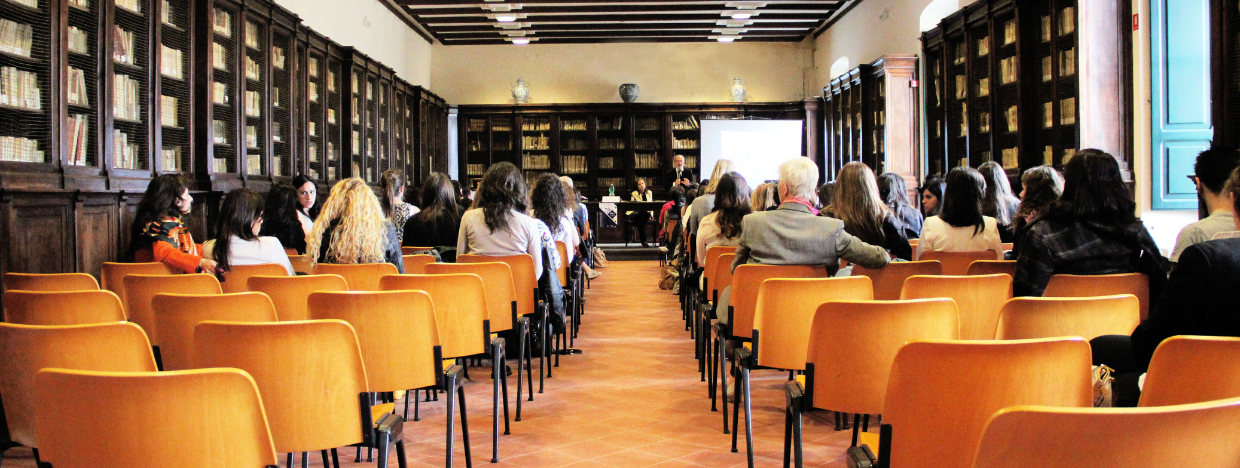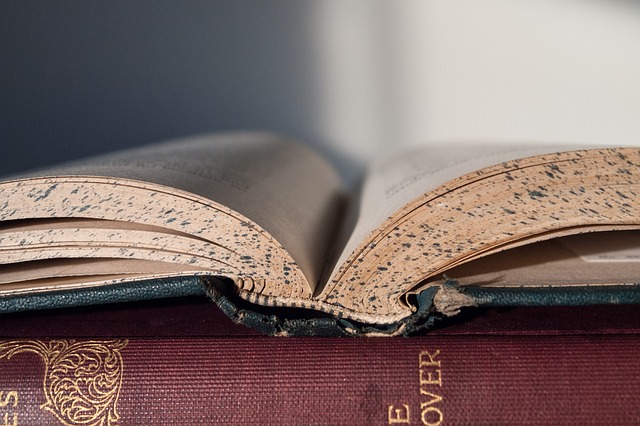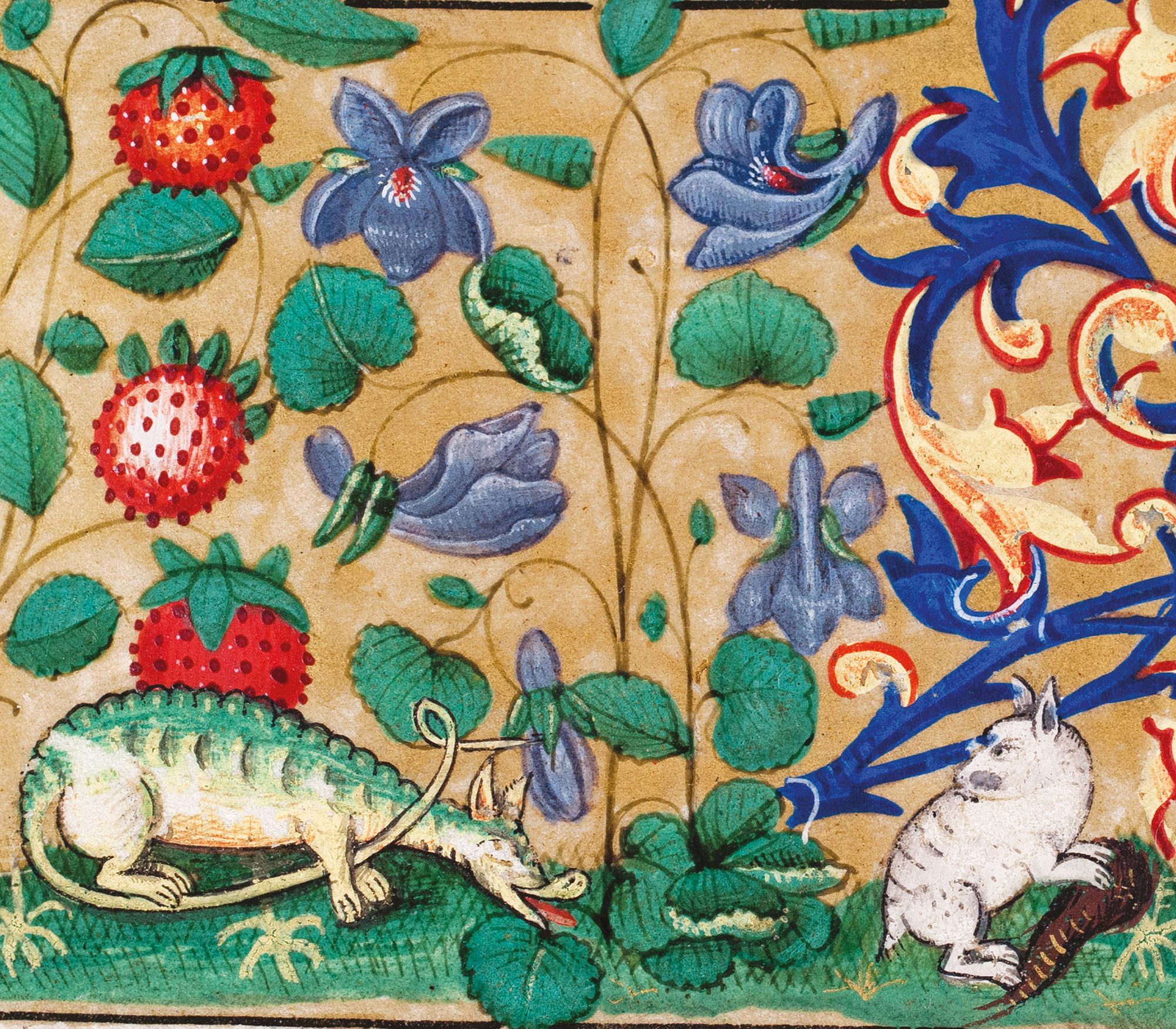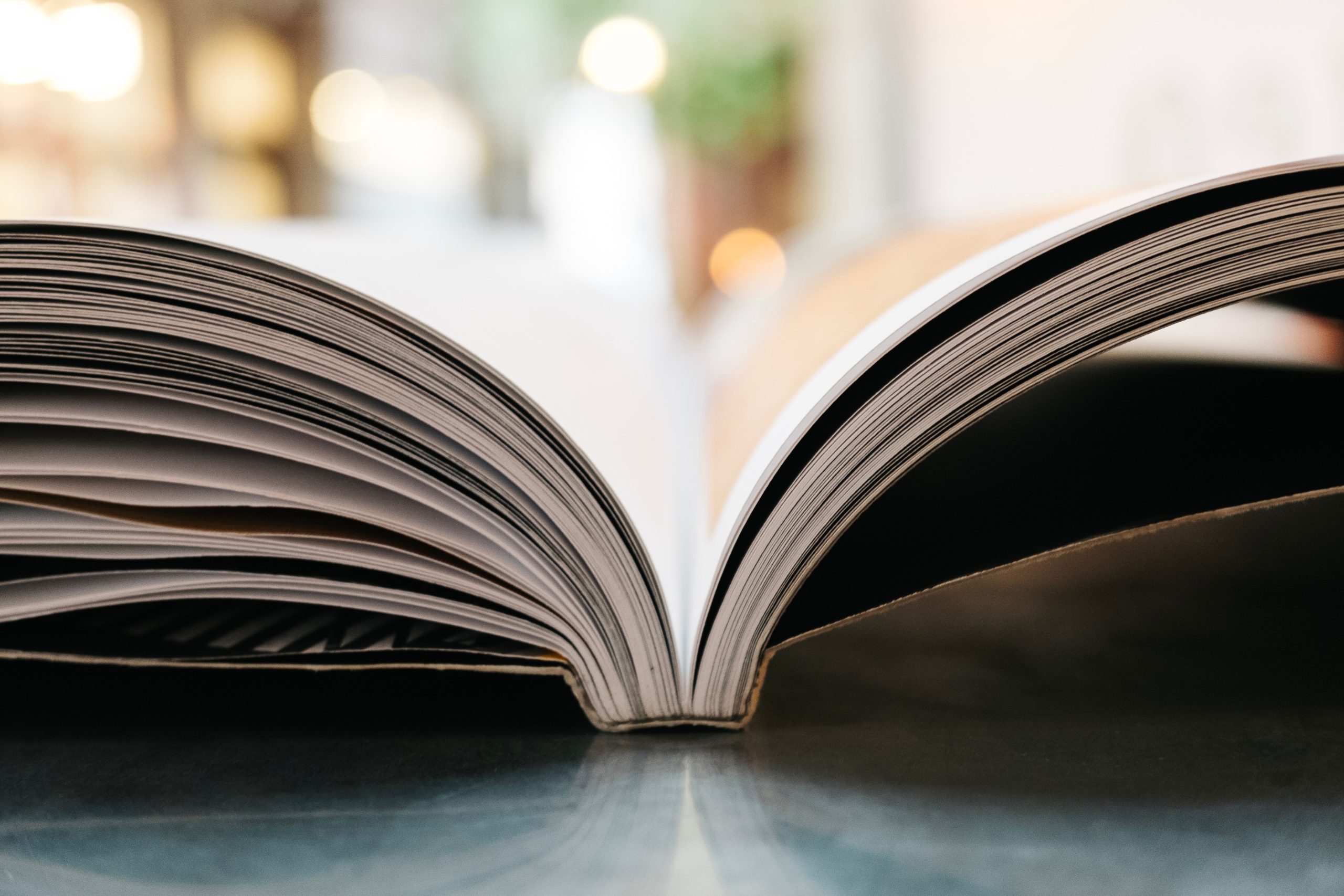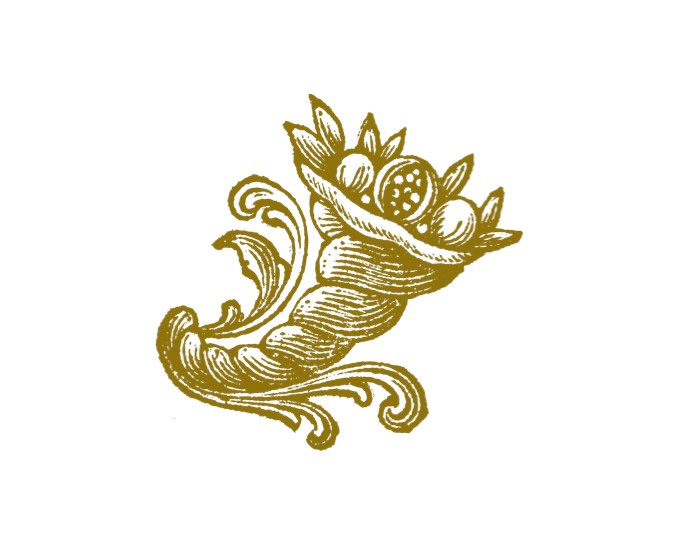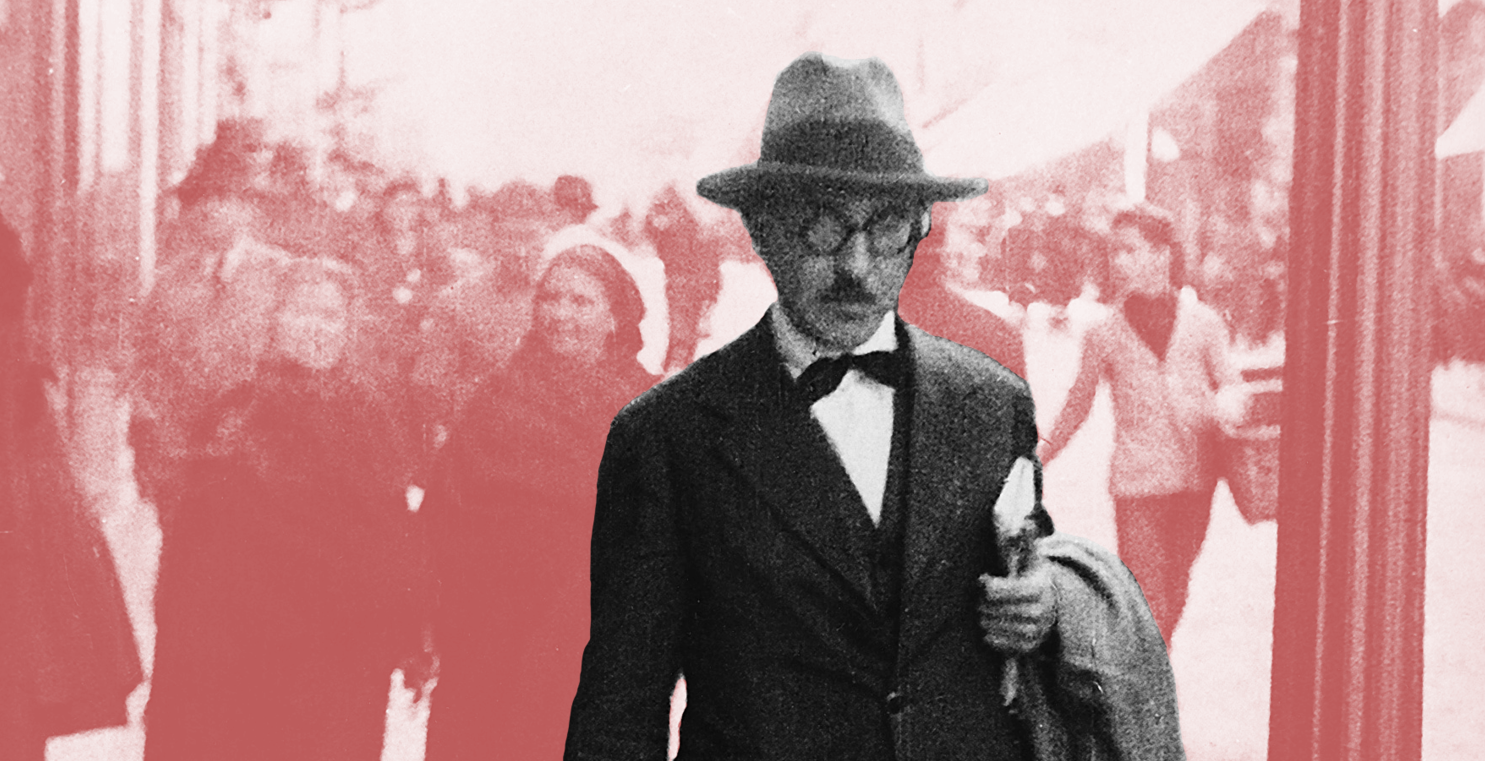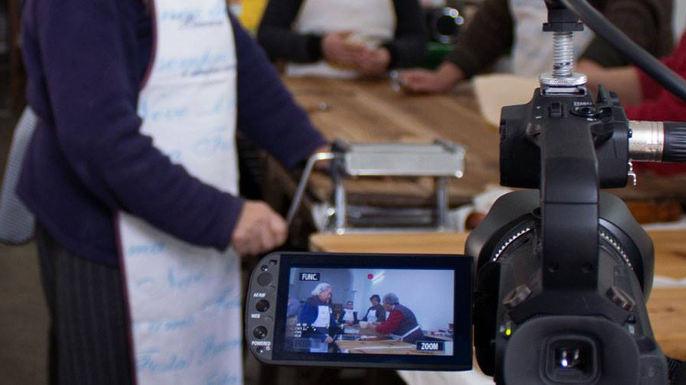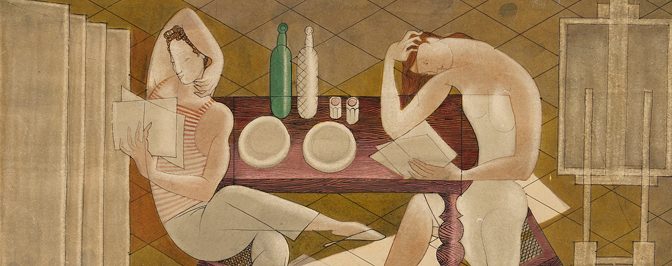The ‘IV International Storytelling Seminar’ will be held from March 20th to 24th at the Tivoli Hotel (Sintra).
Continue readingProverbs and the Portuguese language
Researcher Lucília Chacoto was on the Sociedade Civil programme to talk about proverbs and how they reveal a lot about who we are.
Continue readingDocumentary: Açúcar
The documentary ‘Açúcar’ features IELT researcher Inês de Ornellas e Castro and was written by journalist Anabela Saint-Maurice.
Continue readingCycle of conferences in Medieval Studies
The ‘Cycle of conferences in Medieval Studies’ will take place at NOVA FCSH from January 8th to the 12th.
Continue readingGonçalo M. Tavares wins Literary Prize
Gonçalo M. Tavares won the Vergílio Ferreira Literary Prize.
Continue readingDIAITA – Lusophony Food Heritage
The project aims to carry out an in-depth and interdisciplinary study on a fundamental theme of a cultural heritage and identity shared by the Portuguese and Brazilians: the history and culture of food.
A team of specialists from various disciplinary areas (History, Archaeology, Philology, Museology, Art, Dietetics, Gastronomy and Nutrition), from Antiquity to the present day, is responsible for the creation of scientific content necessary for the conception of two unique digital universes, aimed at the preservation and dissemination of Food Cultures in the Lusophone World: Museum and Virtual Library DIAITA.
This is a research network, a pioneer in the Lusophone space, bringing together Portuguese and Brazilian researchers. Through research based on scientific rigor and reliable knowledge of sources (written, material and iconographic) it seeks to establish a history and a survey of the heritage of identity food patterns currently prevailing in both the Portuguese and Brazilian contexts.
The work focuses on the translation, study and publication of written sources, both unpublished and unavailable in Portuguese (as in the case of the classical texts, Greek and Latin, crucial to the knowledge of the original Mediterranean food pattern, brought with the Portuguese to Brazil). Also, the material and iconographic sources will be, for the first time, inventoried, studied, gathered and made available in digital format and in paper (especially the texts) both for the academic and general public.
Funding:
The DIAITA project is supported by national funds through the FCT under the Project UID/ELT/00196/2013 (Centre for Classical and Humanistic Studies of the University of Coimbra) as well as the Project PEst OE/ELT/UI0657/2015 (Institute for the Study of Literature and Tradition).
Under the Scientific and Technological Cooperation Programme FCT/CAPES, the project “DIAITA – Museu & Biblioteca Virtuais do Património Alimentar da Lusofonia (Parte I – Portugal e Brazil)” was approved this year, to be developed in the biennium 2014/2015, being the Portuguese project leader Carmen Soares (CECH-UC) and, on the Brazilian side, Regina Bustamante (Institute of History, UFRJ).
The funding awarded is intended to support the annual mobility of two researchers to Brazil, under the terms of the protocol signed. The project has the references FCT 2417 and CAPES 10396/13-0. The project is also funded by the Calouste Gulbenkian Foundation, under the 2014 annual call for proposals for Support for Research Projects in the field of Portuguese Language and Culture (implementation year: 2015).
Estranhar Pessoa
The mere existence of the heteronyms is the vexata quaestio of Pessoa studies. The critical interpretation of Pessoa’s heteronymy oscillates between an emphasis on the multiplicity or on the unity of a set of texts which a proper name, Fernando Pessoa, subscribes. The research project presupposes the unity of all of Pessoa’s written production, taken as co-incident in a single plane. Taking as mode of access the notion of “heteronym”, we intend to analyse the critical history and every problem implied in this question.
The mere existence of the so-called heteronyms is the vexata quaestio of Pessoa studies. Pessoa sought to ensure the legibility of his work both to his contemporaries and to posterity. He did so in published and unpublished texts on the genesis and identity of such quasi-actual figures, in the dramatic setting of their several colloquia, mutual admiration society, and prefaces to each other’s work, as well as in the tireless writing of as yet unpublished and stillborn publishing plans of the work of his heteronyms. And yet, the first occurrence of the word, heteronym, is late (1928, presença), being denoted until then by functionally inert terms such as “pseudonym” or by periphrastic descriptions intended to denote the putative dramatic nature of such figures.
The critical interpretation of Pessoa’s heteronymy oscillates between an emphasis on the multiplicity of the work, in which Pessoa is described as a mere rendez-vous of dramatic or mediumistic impulses endowed, by baptism, with a proper name (Alberto Caeiro et alii), or an emphasis, comparatively minor, on the unity of a set of texts which a proper name, Fernando Pessoa, subscribes. The former emphasis is attractive to those contemporary interpretations ruled by models which contest any robust philosophical notion of the “subject.” The latter, to interpreters who accept Pessoa’s own stance when, in 1932, he defended the publication of his work under his own name since it was too late, he claimed, to maintain the “thorough disguise” any longer. The dilemma of the unity or multiplicity is, as it is only to be expected, object of scrutiny for Pessoa’s best critics. João Gaspar Simões, for instance, considers Pessoa’s heteronymy to be an insubstantial and futile exercise only repaired by the orthonym Pessoa’s later encounter with the national lyrical tradition. Eduardo Lourenço describes Alexander Search as a “proto-Pessoa” wherein the topics later addressed by the major heteronyms are incipiently unified. José Gil describes this “proto-Pessoa” as the immanent plane onto which Pessoa’s sustained sensationalism is mapped. The topic of the heteronymy seems to be unavoidable in any serious critical analysis of Pessoa’s work.
The research project presupposes the unity of all of Pessoa’s written production, taken as co-incident in a single plane, irrespective of generic divisions. This strong postulate necessarily requires an additional argument which will reveal the coherence, near or remote, of all extant texts in that single plane.
Taking as mode of access the notion of “heteronym”, we intend 1) to survey and analyze all the occurrences of the latter term, or of its pre-1928 periphrastic equivalents denoting it, as well as reflections on the problem of authorship, 2) to review all the critical literature on Pessoa, which, for the most part, is heavily dependent on Pessoa’s self-interpretation, serially released in his lifetime to chosen recipients (the editors of presença, for example) or left unpublished by the author. The role and nature of Pessoa’s self-interpretative efforts, undertaken in a sustained, if erratic, manner, must be reviewed, without assuming that therein lies an unquestionable material truth (the 1935 letter to Casais Monteiro, for instance, may be read as a prime example of authorial obfuscation), 3) an exhaustive analysis of all of Pessoa’s editorial projects. The extant manuscripts include various editorial projects, expressed in jottings, notes or lists, the vast majority of which are still unpublished. They show how changing were the titles attributed to given texts, as well as the inclusion of any given text in a larger work or its subsumption under the name of any of the heteronyms. The collection and analysis of these materials are decisive, when we realize that the attribution of a given text to a name cannot be separated from an editorial thought, and how the attribution of an idea of whole to the work, permanently changed and never definitively fixed, is implied in this thought.
The results of these analyses, undertaken by a team of, mainly, junior researchers, under the supervision of a team of established senior researchers in the field, will be published in a series of volumes, and debated in a permanent seminar and in public conferences open to anyone who wishes to join the ongoing debate.
Atlas of Literary Landscapes of Mainland Portugal
Developed through a partnership between IELT-FCSH and IHC-FCSH with NOVA LINCS and DI-FCT/UNL, this application uses the repository of literary excerpts compiled and classified in the database of the project LITESCAPE.PT – Atlas of Literary Landscapes of Mainland Portugal, and constitutes a visualization tool with great potential for pedagogical, research, decision support and as a basis for leisure and tourism projects. Users search literary geographies through the names of authors, works and themes, and may also focus on territorial units (NUTs 3 or municipalities) or use the functionality “near me” (records of literary landscapes georeferenced around the user’s location).
The project invites application users to report errors and inconsistencies they find in the stored data, which remain in the repository due to lack of possibility of allocating human resources to the task of systematic correction and validation. It also encourages users to send photographs, sound recordings or short videos to enrich the descriptions of the places identified and to contact the project administrator to suggest pre-established routes.
Memoriamedia
Memoriamedia consists of an e-museum that exhibits and shares videos, documentaries and studies on manifestations of intangible cultural heritage – oral expressions, knowledge, celebrations and performance practices. A project that values both the singularity of communities and diversity and intercultural dialogue.
Memory is alive when it is transformed, when it is associated with new uses and contexts. The ambition of this e- Museum is to contribute to the dissemination and transmission of oral tradition and associated knowledge. In it, visitors can browse freely, share all the videos, download documents and sound files.
The contents are organized in sections according to criteria based on the UNESCO recommendations and on the national legislation for inventorying the Intangible Cultural Heritage. The MEMORIAMEDIA project defends the involvement of communities, groups and individuals in the heritage process by promoting an approach that respects and values those who are directly involved in the production of cultural expressions.
It is developed by the Memória Imaterial CR team which was declared “Entity of public utility” by order 14801/2012 of the Office of the Secretary General of the Presidency of the Council of Ministers for “…relevant activities of cultural nature, namely collecting, inventorying, registering and making available the Portuguese intangible heritage”. Accredited NGO consultant to the UNESCO Intergovernmental Committee for the Safeguarding of the Intangible Cultural Heritage.
Modernismo.pt
The project’s mission is to systematically organize information, images and studies on Portuguese Modernism. It was born in 2011 with the treatment of Almada Negreiros’ collection, spreading then to the other authors and experiences of his generation, and remains active until today.
The project’s various objectives include: a) collecting literary texts and plastic artworks, as well as magazines and documents; b) disseminating articles and critical analyses; c) offering virtual exhibitions; d) exploring the international relations of Portuguese Modernism.
The project’s methodology, which allows for its continuity, consists of bibliographical research and document collection based on a team of specialized researchers.
This project focuses on the variety of information and essay approaches gathered. The project is funded by FCT – Foundation for Science and Technology and by IELT – Institute for the Study of Literature and Tradition of NOVA FCSH.
Team of researchers: Fernando Cabral Martins (Lead researcher), Giorgia Casara, Manuela Parreira da Silva, Mirhiane Mendes de Abreu, Nuno Ribeiro, Pedro J. Freitas, Ricardo Marques, Sílvia Laureano Costa and Simão Palmeirim Costa.
Partners include the National Library of Portugal, the Almada Negreiros Family, the Institute of Art History (NOVA FCSH), and the Open Seminar on the History of Ideas (NOVA FCSH).
For the future, open seminars will be organized, an archive of Almada Negreiros’ library will be published on modernismo.pt, new modernist magazines will be published on modernismo.pt, a textual archive of Mário de Sá-Carneiro will be published on modernismo.pt, and an archive of Fernando Pessoa’s literary theory will be published on modernismo.pt.
Publications made within the scope of the project:
Ferreira, Sara Afonso; Costa, Sílvia Laureano; Costa, Simão Palmeirim. Almada por contar. Lisbon: National Library of Portugal, 2013.
Revista de História de Arte: Almada Negreiros. Lisbon: Institute of Art History, no. 2, 2014.
